Vayus
Yogic theory states that there are 5 layers or “sheaths” that make up the human existence (called Pancha Kosha). These are the physical body, the energy body, mental body, intellectual body, and blissful body.
I’m going to focus here on the energy body (Pranayama Kosha), the 2nd layer of human existence. We can understand the concept of Prana as life force energy that travels through the body by way of a network of channels called “Nadis.” Chakras, which are energy centers located at different points in the body, control the circulation of Prana.
Yoga is a dance of your body & breath. When ancient yogis figured out that they could strengthen & steady the mind by simply controlling their flow of breath, they also realized that they could categorize Prana into five different vayus, meaning “air” or “wind.” The 5 vayus describe 5 different patterns of movement of prana throughout the body, and their distinct effects on the body & mind.
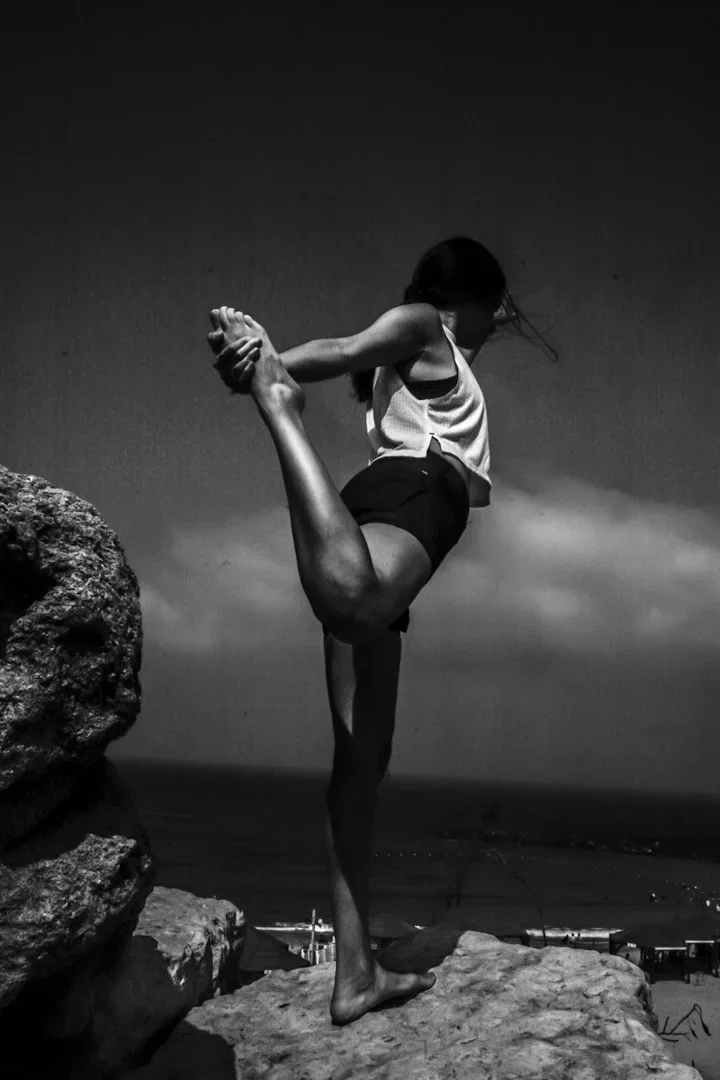
Prana
Prana regulates upward flows of energy such as inhalation, drinking, and swallowing. This relates to all of the stimuli that our five senses intake, which is in one word, PLENTY. Balancing excessive stimulation in a heathy way can mean the ability to recognize when one needs silence, space, and time alone to focus inward. Recognizing that what you need is time with yourself, and actually taking the steps to make that happen, marks such a significant step in the journey of getting to know oneself and this to me is one of the most beautiful gifts that yoga brings.
Activating Poses:
Heart opening poses such as: Bow, Camel, Cobra, Bridge & Warrior A.
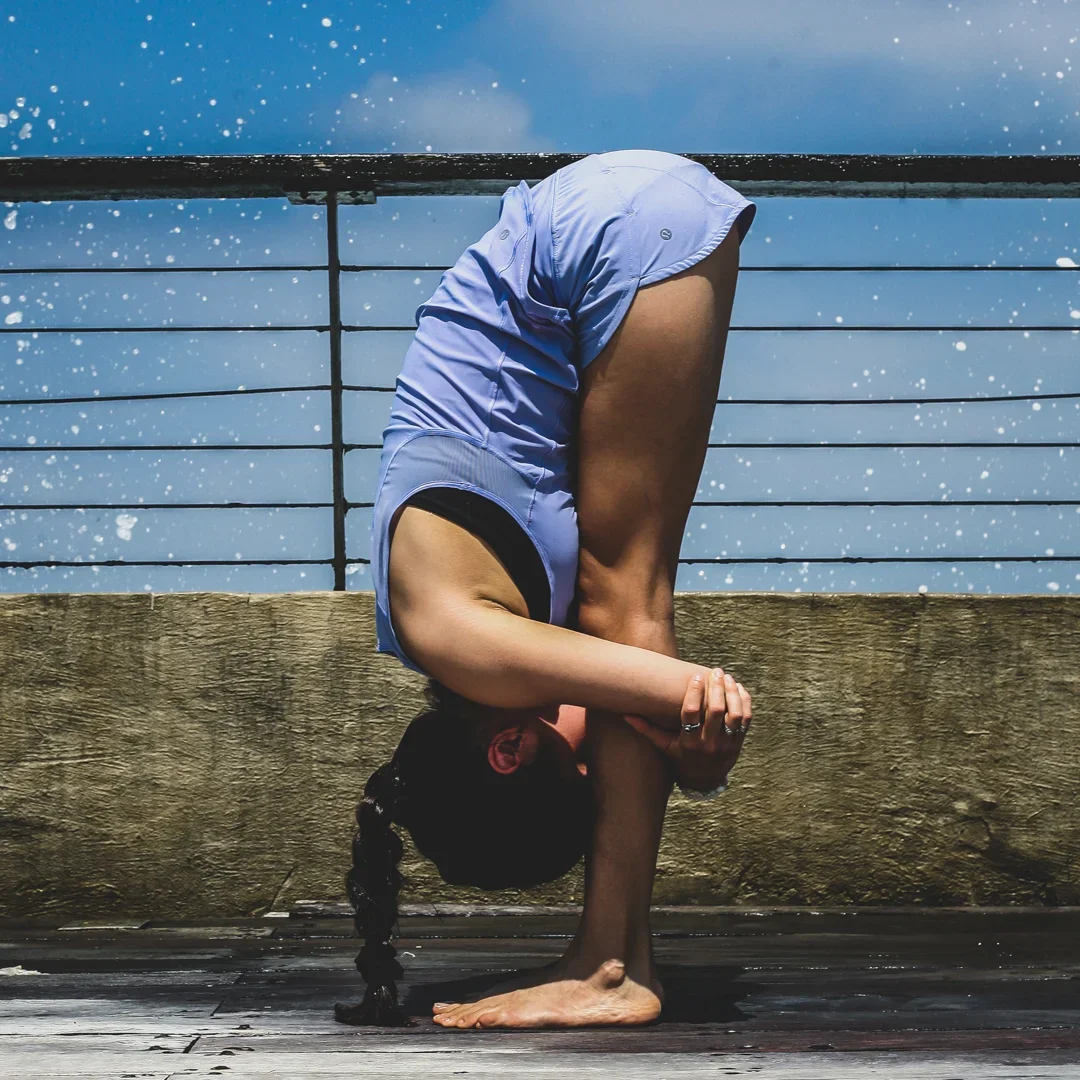
Apana
Apana regulates downward flows of energy such as exhalation, birthing, and releasing toxins. Mentally, this can mean knowing and recognizing when it’s in our best interest to let go of certain thoughts, memories, and even unhealthy situations and relationships in our lives that are no longer contributing any positivity or meaning - simply put, letting go of anything that doesn’t serve you.
Activating Poses:
Tension-releasing & grounding poses such as forward fold, seated forward fold & seated twists.
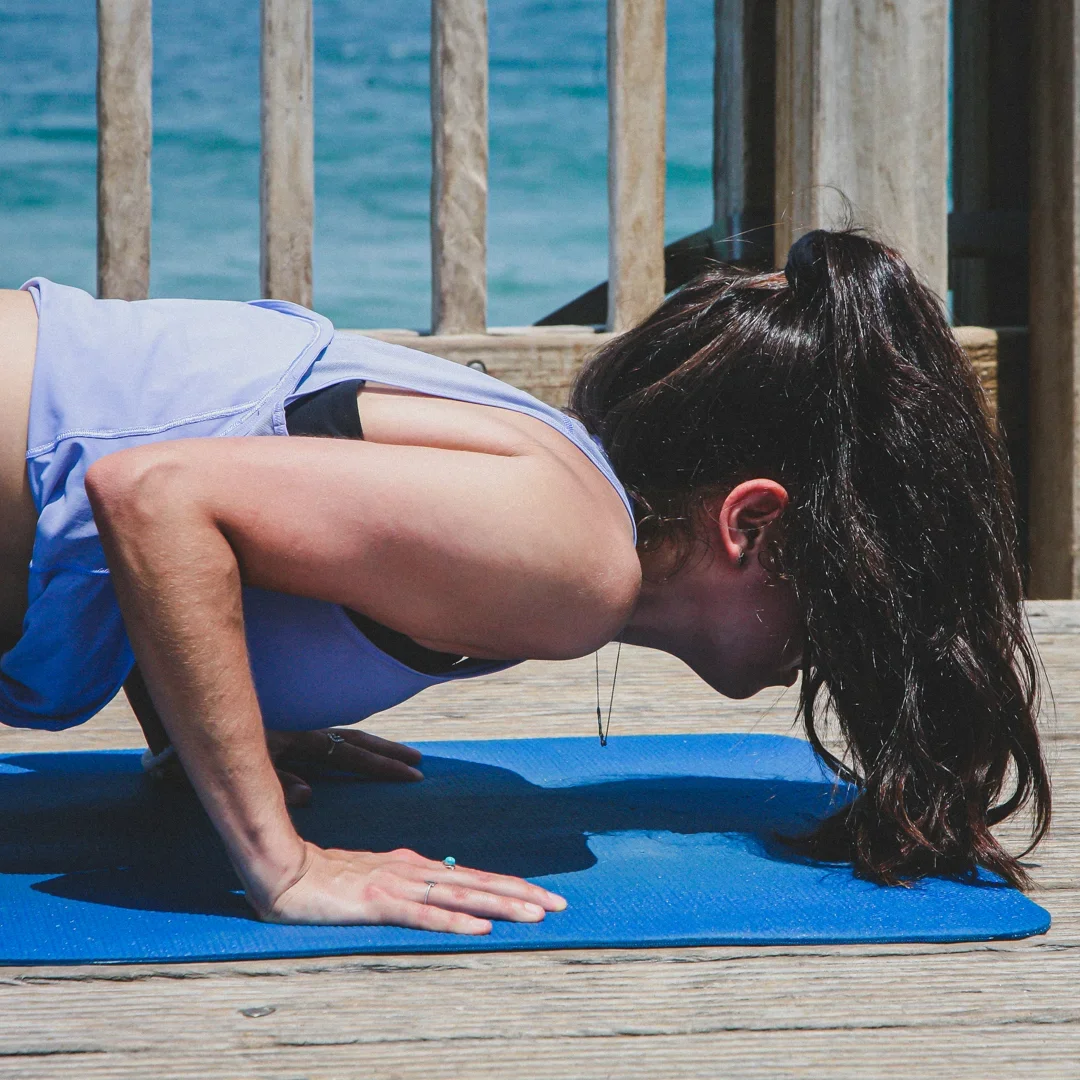
Samana
Samana regulates equalizing and digestive energy that draws towards the body’s center. This relates not only to digestion of the food that we intake but also to processing experiences and information in a constructive way. On a healthy level, this looks like intaking the beneficial factors of everyday life, and processing difficulty in a way that isn’t destructive - by learning from it and then letting it go.
Activating Poses:
Core strengthening poses such as seated forward fold, arm balances, Plank, Chaturanga & twisting postures.
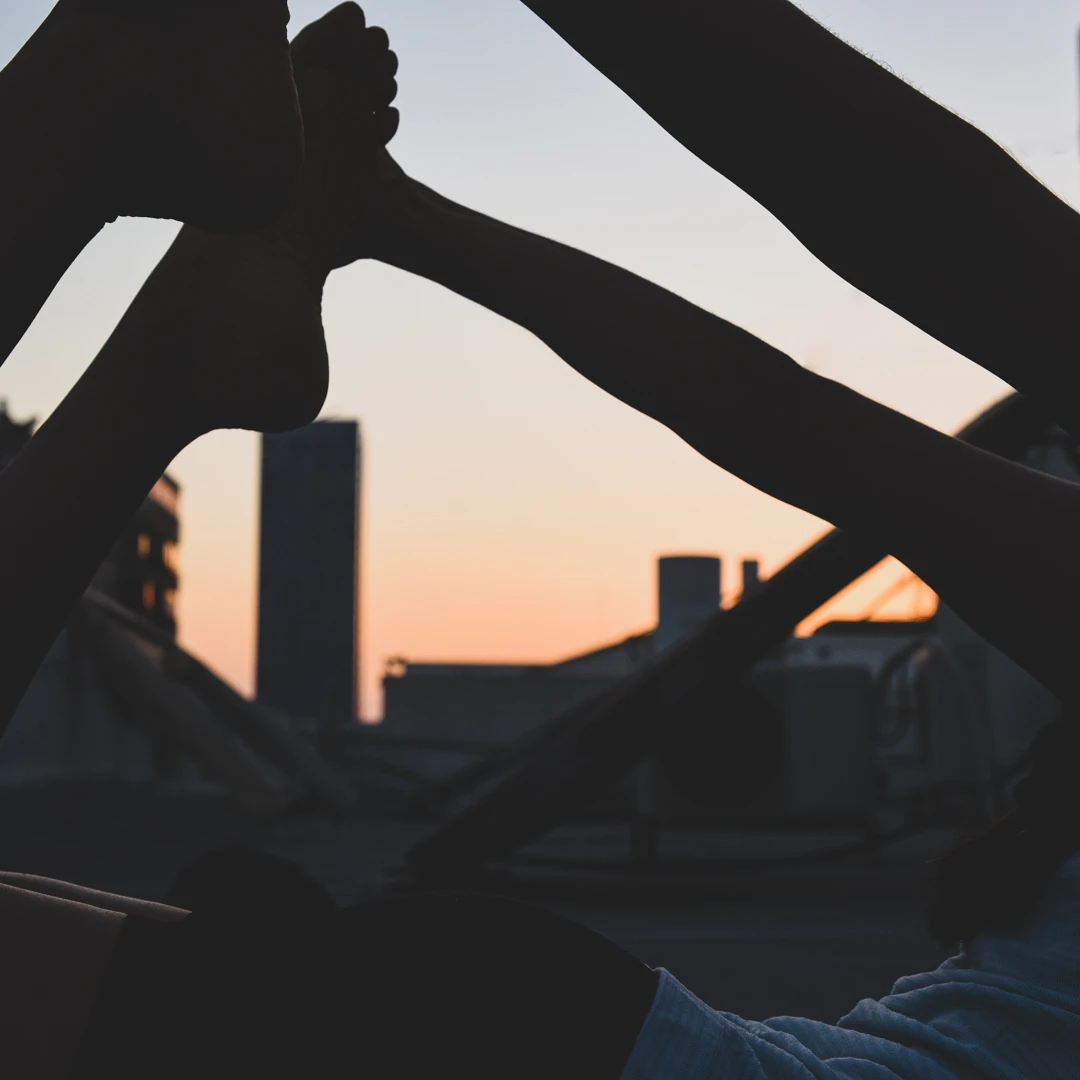
Udana
4. Udana governs energy that expands outwards from our center, and regulates our responses to the outside world such as personal expression, speech, and growth. This can also mean mental growth, such as the willingness to accept challenges and opportunities for growth rather than immediately shying away from them. How does this relate to your practice and life in general? Both are all about balance; staying motivated to continuously grow in life while also appreciating the moment of where you currently are is definitely a complicated process that takes time and a very honest relationship with yourself to achieve. Rather than an end goal or something to “master,” to me this is more of a concept of something to always be striving for and to keep in mind. Never settle, but always (try to!) appreciate where you are. Smile often & pause frequently.
Activating Poses:
Poses that bring energy to the neck, shoulders, and head such as backbends, Bow, Bridge, Camel, and Cobra Pose.
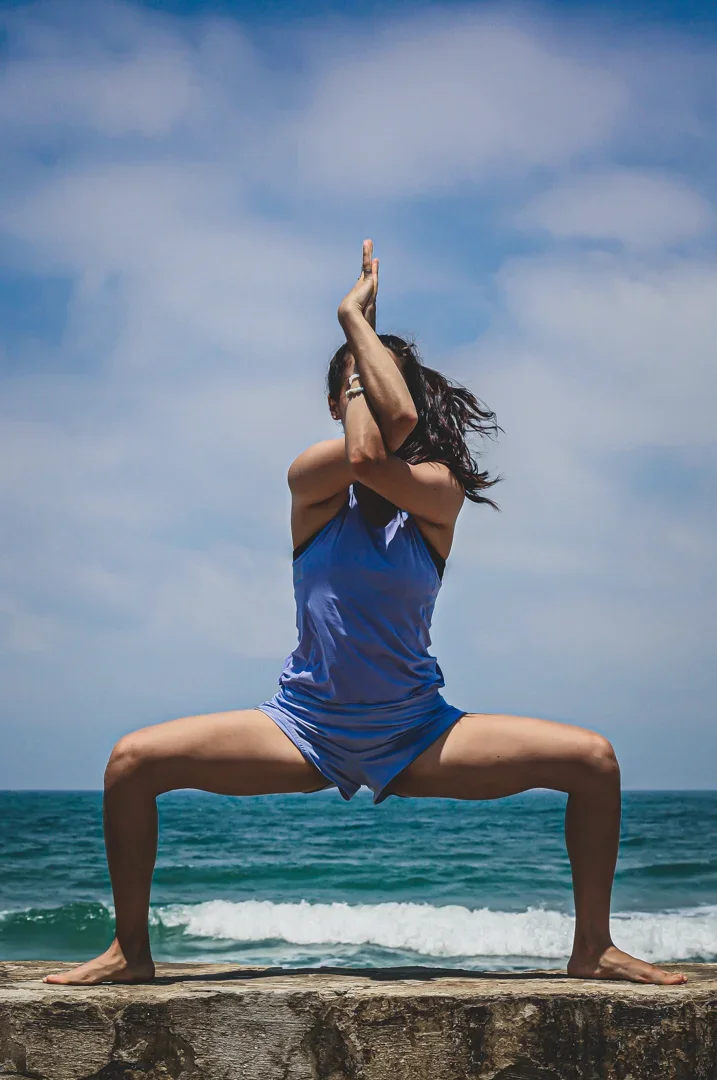
Vyana
Vyana, the vayu which balances the first 4, is integrative energy that controls all movement and coordinates the circulation of prana & the communication between different body parts. This can mean the circulation of the oxygen, food and water that we intake, as well as the circulation of thoughts and emotions that constantly flow through our minds. Healthy circulation enable the mind and body to function at their best. Let’s take the circulation of ideas for example; people who allow for ideas and emotions to move freely through their minds can express themselves fearlessly, and those who very actively limit their thoughts and emotions based on what’s comfortable usually end up feeling alienated and disconnected from themselves.
When Vyana is imbalanced, it feels like everything else is too - physically, emotionally, and mentally. And while every vayu contributes to feeling a sense of balance, Vyana is the driving force that coordinates them all.
Activating Poses:
Standing postures which expand energy through the limbs while helping the mind focus inwards- Warrior A B & C, Eagle, Half-moon, Triangle & Chair Pose.
The point is...
Understanding and utilizing the ideas of the 5 Vayus can be extremely helpful in building a sense of inner strength and relaxation. By exploring the different subtle energies that make up our existence and how they support one another and work together, we can build a more rewarding yoga practice, and perhaps more importantly, deepen our understanding of ourselves.
Comments
I loved this! It was so thoughtful and informative! I really want to work on strengthening my Apana flow to get rid of any negativity in my life that takes my energy away from things I actually enjoy.
Loved reading that - I encourage you to start with some gentle forward folds & twists every day to release that unwanted tension! The benefits are truly so powerful - especially to those who feel like their mind is always overactive🤚🏻
Love this!
So glad to hear it Julia, thank you for reading!